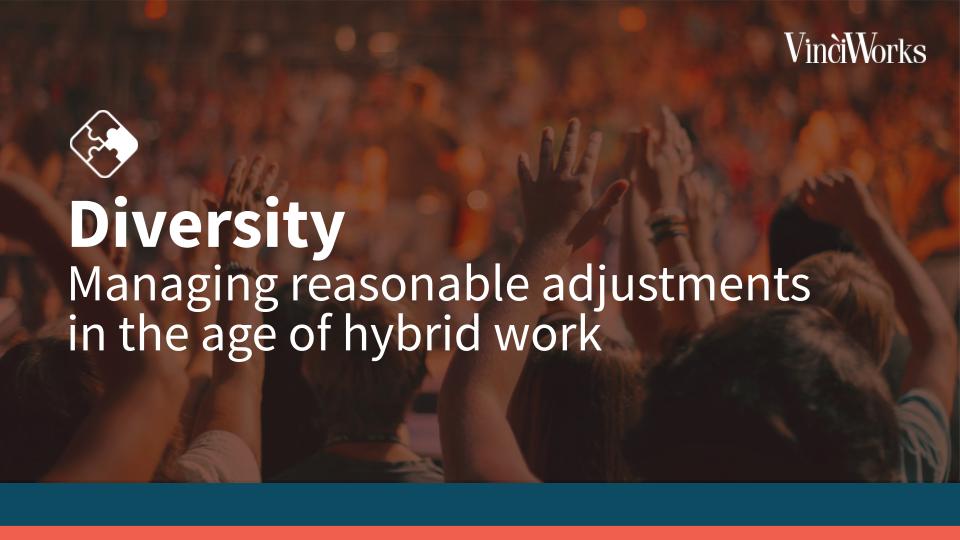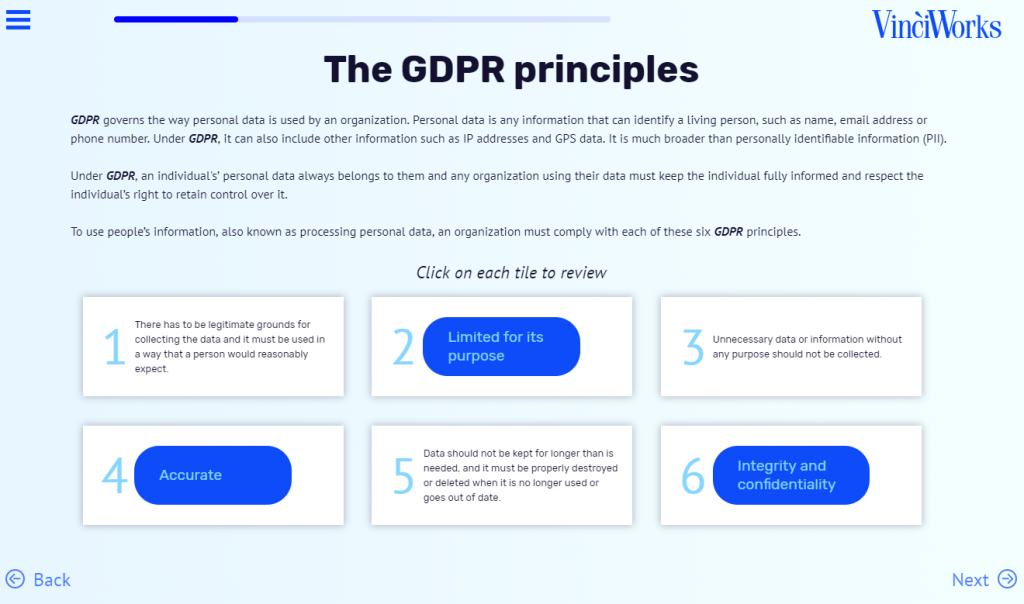An expansive survey conducted on nearly 44,000 employees revealed startling data regarding mental health in relation to workplace well-being. Almost half of all employees report mental health troubles like anxiety, stress, and mood problems, 84% of those employees report to work anyway and only 42% of them believe their managers would notice that they were suffering from these issues.
Considering the number of people plagued by mental health diagnoses worldwide, it can be assumed that nearly every workplace is impacted, workplace well-being is one of today’s biggest business challenges:
![]()
- 300 million people globally suffer from depression
- 11 Million working days lost to Stress in the UK
- 0.5 Million employees suffering Work-Related Stress in the UK
- 1 in 5 American adults suffers from mental illness and 1 in 25 have a serious mental illness
- The most common mental illnesses in the United States are anxiety and depression
In addition to these alarming statistics, research shows that even a healthy employee’s work environment can have an impact on their mental health. Things like lack of autonomy, poor communication, unclear organizational objectives, and poor support in their roles can cause changes in mood, symptoms of mental illness, or increased likelihood to self-medicate with drugs and alcohol.
Neil Shah; Founder and Director of the Stress Management Society, describes the business case for a well-being programme in an article for The HR Review like this;
“It is estimated that workplace stress is directly responsible for 25% of sickness absence, 70% of visits to the doctor and for 85% of serious illnesses. At an organisational level, it is estimated that the average amount of stress-caused sick days to a company with 1000 employees would cost that company £269,730 annually.
Workplace stress doesn’t just burn money though absenteeism; employee retention is another major financial factor. Over 300,000 employees leave their jobs each year because of stress. When you look at advertising costs, time spent on recruiting, training costs and loss of productivity during the subsequent induction period – according to the CIPD, recruiting a replacement can cost up to six months’ salary.”
Aside from leading employees in a way that promotes workplace well-being and offering adequate mental health coverage, employers can improve mental wellness among staff by providing free access to awareness courses for both staff and managers.
The mental health training for staff developed by VinciWorks has these key objectives:
- To help employees identify and either eliminate or manage potential sources of stress in their work environment
- To teach employees to identify the difference between healthy stress and unhealthy stress
- To give employees the tools and resources they need to manage stress and get further help when needed
- To empower employees to talk to their managers about how they’re feeling at work
Managers have a key role in any Workplace Well-Being Programme
![]()
Stress awareness training for managers needs to take a slightly different approach. Managers need to be empowered with the skills they need to talk about stress and mental health with their team members, create meaningful and rewarding jobs, identify the warning signs of stress and mental illness among their teams, and provide the tools and support their employees need to achieve and maintain optimal mental health. Managers who are armed with information and resources are more likely to succeed in providing employees with the support they need to overcome stress and other mental health challenges.
Many companies have found that their investment in both the physical and mental well-being of their employees has improved their company culture, decreased healthcare costs, and improved productivity, along with simply feeling like the right thing to do.
Looking for in-depth and engaging mental health and wellbeing? Explore our comprehensive eLearning library and try any of our courses for free.





